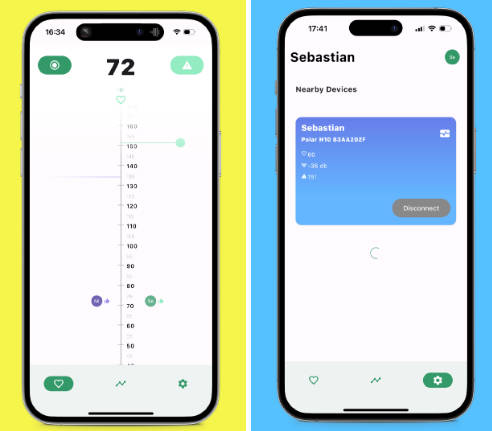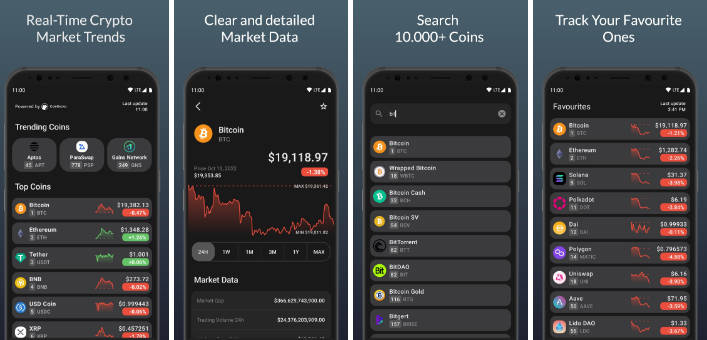WaterLevel
Preface
This project aims to finding a tanker water level using NodeMCU with ESP8266 core and HC-SR04P Ultrasonic sensor and broadcasting it using a simple http server inside NodeMCU then data can be read using browser, android app, another NodeMCU or anything that can create a http request with get method.
NodeMCU ESP8266 (LoLin NodeMCU V3)
Unlike generic ESP8266 models this model offers a micro-usb connection using a CH340G (USB to serial chip) naturally soldered to ESP8266. after installing CH340G drivers and ESP8266 drivers for Arduino IDE, this chip can be programmed with Arduino compatible codes with Arduino IDE.
Specs
- 80-160MHZ RISC microprocessor
- ~128KB of RAM
- 802.11 support: b/g/n
- TCP/IP protocol stack
- …
NodeMCU pins breakout
HC-SR04P Ultrasonic Sensor
This model is second generation of HC-SR04 sensor, unlike first model which only can operate at 5V DC, this new version can work with 3.3V DC too so it’s perfectly safe to wire output of this sensor directly to ESP8266 GPIO pins which operate at 0V~3.3V logic levels without using any sort of voltage divider.
Specs
- Power Supply: 3.3V~5V DC
- Effective Angle: <15 degrees
- Ranging Distance: 2cm-400cm
- Connector Pins: 4-pins header (vcc, gnd, echo, trigger)
How it works?
TL;DR Full Arduino/C++ code here
ESP8266 wifi stack offers two types, connection mode or access point mode. in this project we used the connection mode so ESP8266 automatically tries to connect to the station with given SSID and password and in this project we used a static ip for ESP8266 so we can find it more simply in local area network.
Two sensors are wired to chip through GPIO pins, pin 12 or D6 is trigger pin for sensor #1 and pin 14 or D5 is echo pin for sensor #1 and pin 15 (D8) and 13 (D7) for sensor #2. each second data from both server is read and mapped to new range because sensor send distance between itself and water (something between 0cm to 170cm) so this range is better to be mapped to a more readable range like 100-0) so if distance is 160 then water level is almost 90 percent.
Using a simple http server with port 80 data is sent for any client that tries to get data from root of the server (http://192.168.1.100). Raw Data is like this:
T1 70% 53 T2 85% 28
Which stands for TankerName TankerPercent TankerSensorDistance.
Broweser Client
Android Client
There is a simple Android App written in Kotlin that uses OkHttp for getting sensor data and shows it in simple text and battery-like view.









